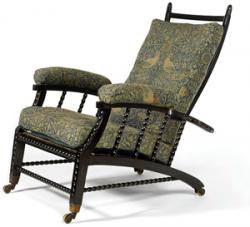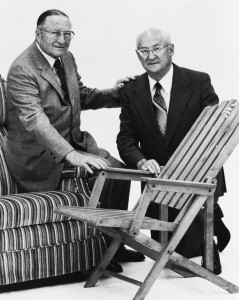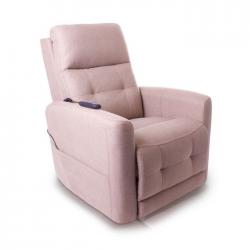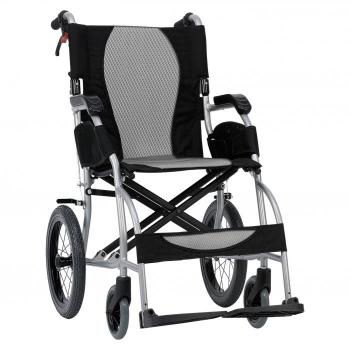
The History of Riser Recliners
Have you ever wondered where the Riser Recliner chair came from?
Rise and recliner chairs have actually been in existence for over 150 years and have now become one of the most popular living room ideas to help older people remain independent.
How They Began
The history of chairs stretches back as far as to Ancient Egypt, with ornate chairs found in tombs and depicted in drawings. Chairs only became a common feature in the 16th century, but even then recliner chairs were still a number of years away.
The first ever recliner chair can be credited to the French, who developed a . The original reclining chair was a fantastic idea for those who wanted their furniture to have a number of uses; the camp cot could function as a chair, bed and even a chaise longue. It was comfortable, portable and durable, consisting of a steel frame and padded cushions and armrests. Whilst not owned by the famous Napoleon Bonaparte, the first ever recliner chair was owned by his nephew, Napoleon III.
The Morris Chair
The British were also experimenting with living room ideas. The Morris chair emerged in the 1860s, which had a hinged back that allowed the reclining chair to be adjusted. The Morris chair was hugely popular; songs were even written about it, including the 1919 hit ‘You’d Be Surprised’ by Irving Berlin.

The recliner chair really began to become more advanced in America. A patent on a wooden recliner chair was granted to Edward M. Knabush and his cousin Edwin J. Shoemaker in 1928, which resembles the design of the recliner chairs we see in homes today. The American cousins used orange crates to design a chair that they thought would help people to relax, the prototype being a slatted folding chair that could be used for sitting up or reclining backwards. Unlike the modern rise and recline chairs of today, the chair reclined when the user leant backwards.

The cousins then hired an upholsterer to add stuffing and upholster the chair, which they then named the ‘La-Z-Boy’. Built-in footrests were added a number of years later, pioneered by Barcaloungers, whose reclining chairs came with footrests in the 1940s.
The recliner chair was developed further and propelled into the spotlight in the 1960s by Daniel F. Caldemeyer, a furniture maker who had spent some time in the U.S. Air Force. Whilst footrests could be found on other chairs, it was Caldemeyer who developed the classic foot-lift rest. He designed the ‘rocket recliner’, which was reportedly based on the science of kinetics, and the chair gained popularity amongst homeowners across America and even caught the eye of NASA as a great living room idea.
Caldemeyer’s military experience won him approval from NASA, which led to the space agency using his design to make seats for the Mercury, Gemini and Apollo projects. The popularity of his rise and recline chairs did not stop there; the Secret Service reportedly bought 50 chairs for President Lyndon Baines Johnson for Christmas, with one currently on display in the Smithsonian.
Modern Riser Recliners
Since then, modern recliner chairs have become more luxurious, offering those with mobility difficulties a living room idea that is as supportive as it is comfortable. Today’s riser recliner chairs are powered by electricity and have a battery back-up so that it can be used if there is a power cut, and dual motors allow users to operate the headrest and footrest of the chair independently from each other. This allows the user to sit, recline or lie down in a much more comfortable fashion than with the original French camp cot.









